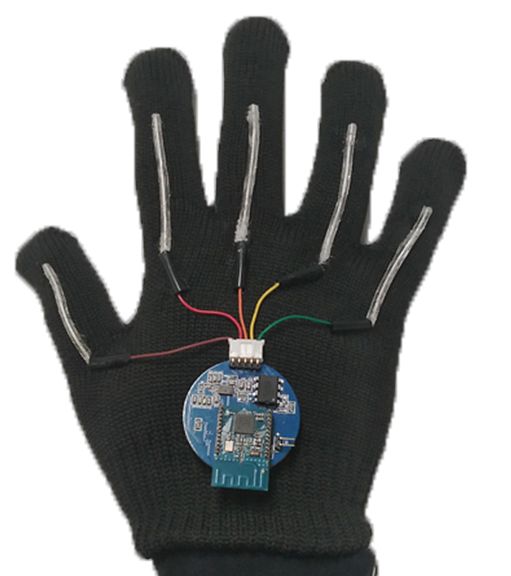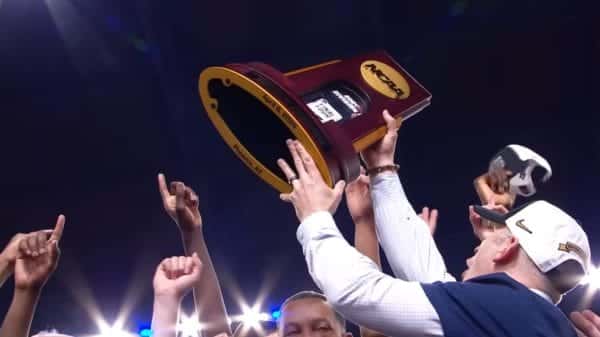In the United States, there are approximately 600,000 people in the United States who are deaf. Over the years, there have been many inventions created with the intent to help the Deaf community to hear — like the contentious use of cochlear implants. These inventions aim to fix non-hearing people for the benefit of hearing people, which is never a good way to begin a conversation with a group. What if there was a way for deaf people to communicate with hearing people while keeping their culture?
First, there are two important caveats to be aware of before we continue: being “deaf” refers to the total loss of hearing or being hearing impaired, being “Deaf” refers to the community at large of non-hearing people. The small and great “D” is important in the conversation, as well as to the Deaf Community.
American Sign Language (ASL) is the main way the Deaf community talks to each other and those in the hearing world. And just like other countries have their own languages, signs will be different in each country — all the languages in the Deaf communities across the world utilize dynamic hand, face and body languages to communicate. Yet many states in the US do not recognize ASL as a second language, which leaves many at a loss when faced with a deaf person. With this frustration in mind, students at UCLA created a glove that can translate sign language into spoken words.
Jun Chen, an assistant professor of bioengineering at UCLA, was at the helm of this wearable sign language glove. While creating this glove, researchers worked with four deaf people who used American Sign Language to communicate daily. The testers repeated the same sign 15 times, then the learning algorithm turned the signs into the letters, numbers and words they represented. This system was able to recognized 660 signs and each letter of the alphabet and numbers 0 through 9. (Chen’s full research abstract can be read here.)

Chen has said that it could be another five years before this technology is available to the public at large. And they also have the added complication of how to involve facial expressions into the mix — much of the context within ASL comes from the face and body. Questions are often made through use of eyebrows and moving the body forward. These are things that Chen will need to figure out how to add to the glove in order to create a full translator. And then there is the deeper question of: does the Deaf community want to use this kind of tech?
Modern technology will gift us many amazing possibilities and much like Uncle Ben in Spider-Man told Peter, “With great power comes great responsibility”. Or maybe it’s more like Doctor Ian Malcolm in Jurassic Park saying, “Your scientists were so preoccupied with whether they could, they didn’t stop to think if they should.” Either way, we all need to celebrate advancements but go forward cautiously. I doubt sign language gloves will take over the world, but you never know! But we want to know what you think — would you use this tech if you are deaf? Hit us up in the comments and let us know. As always, from all of us at Trill!: stay safe, wash your hands and don’t forget your mask.
Featured image via CNN













